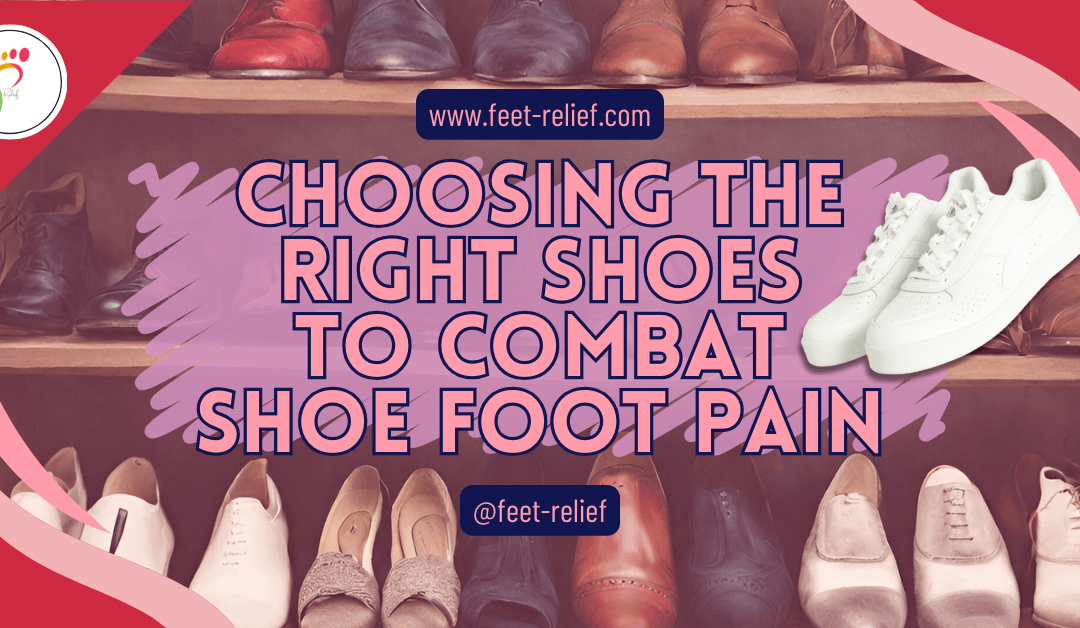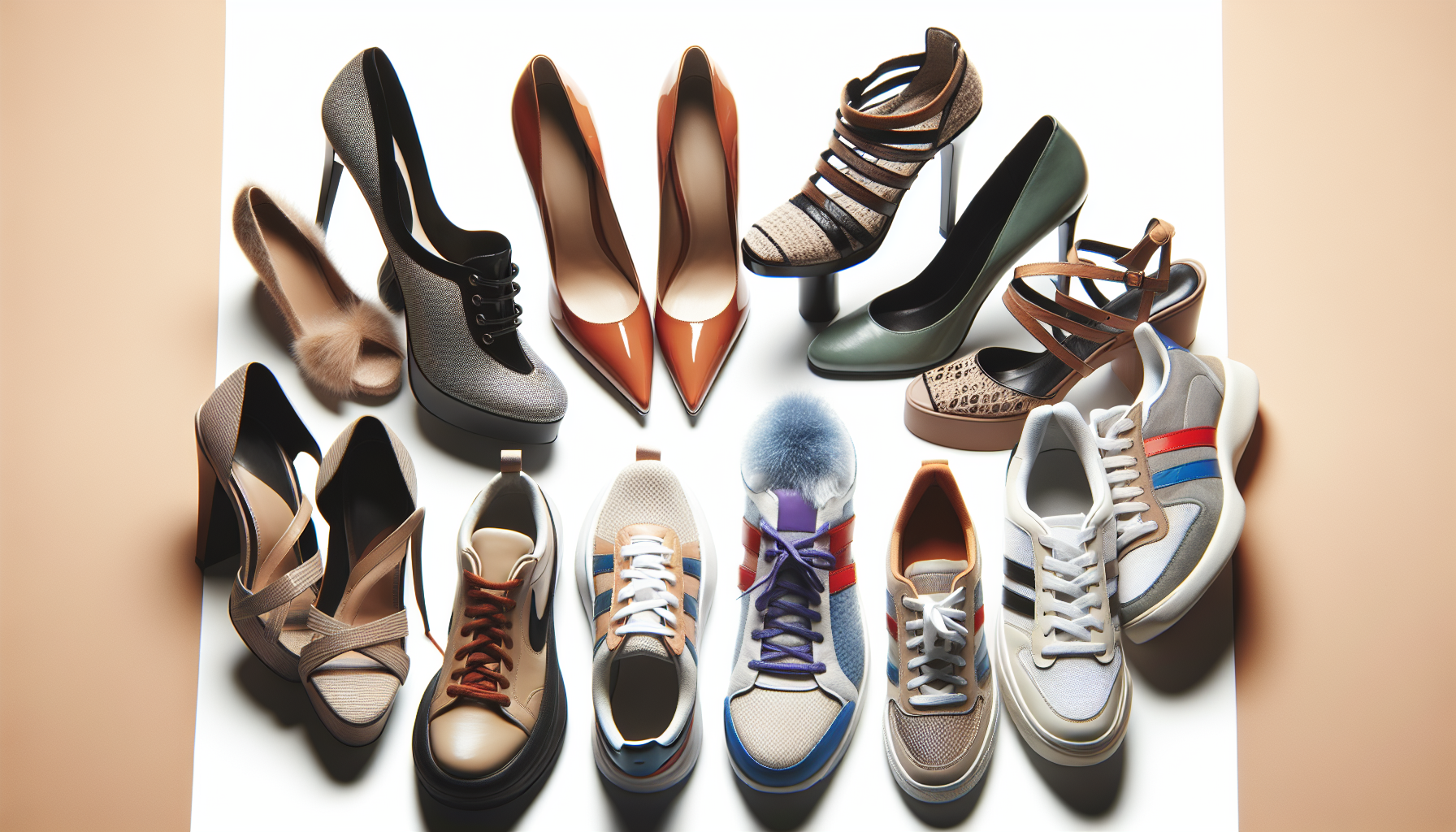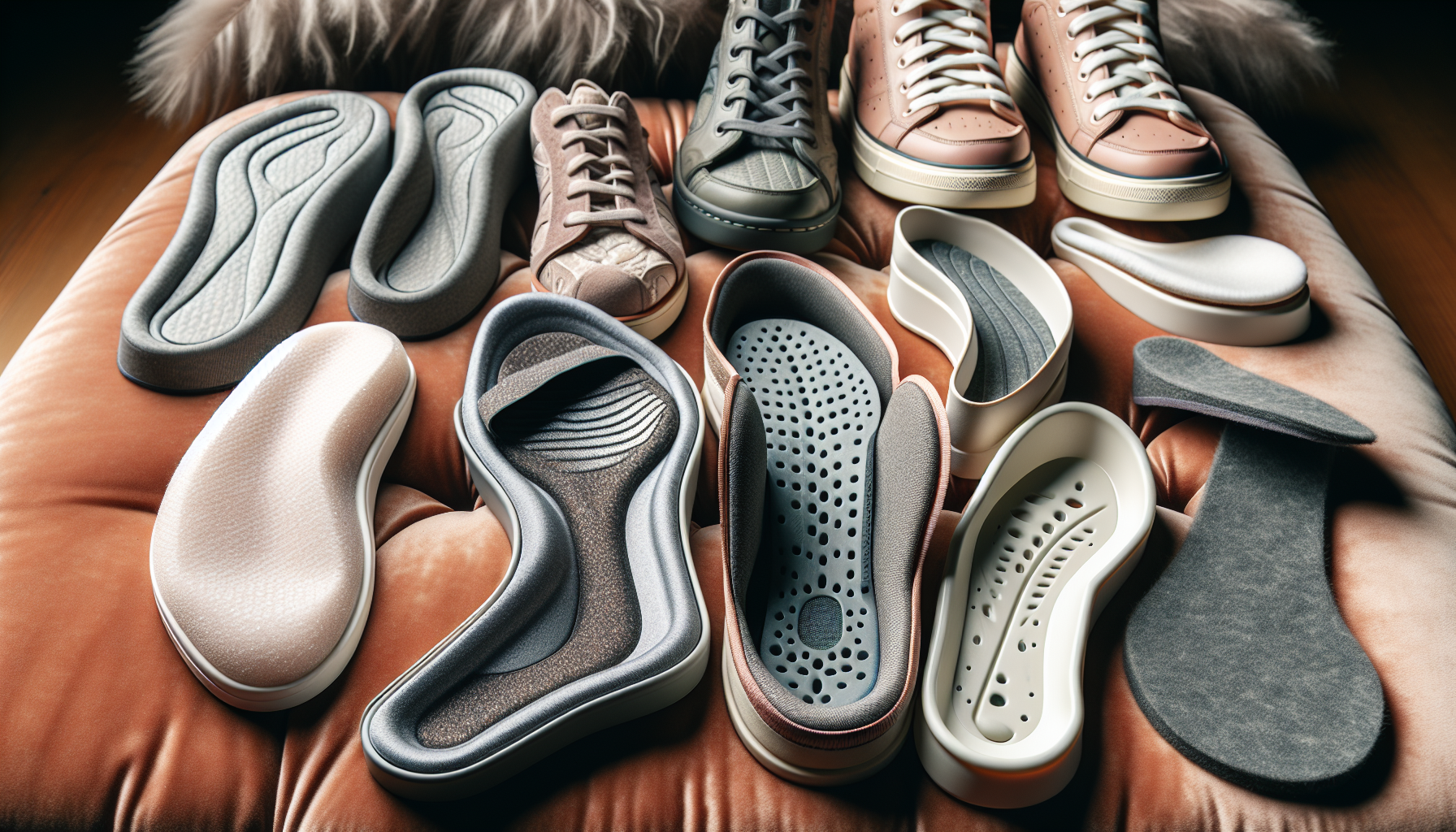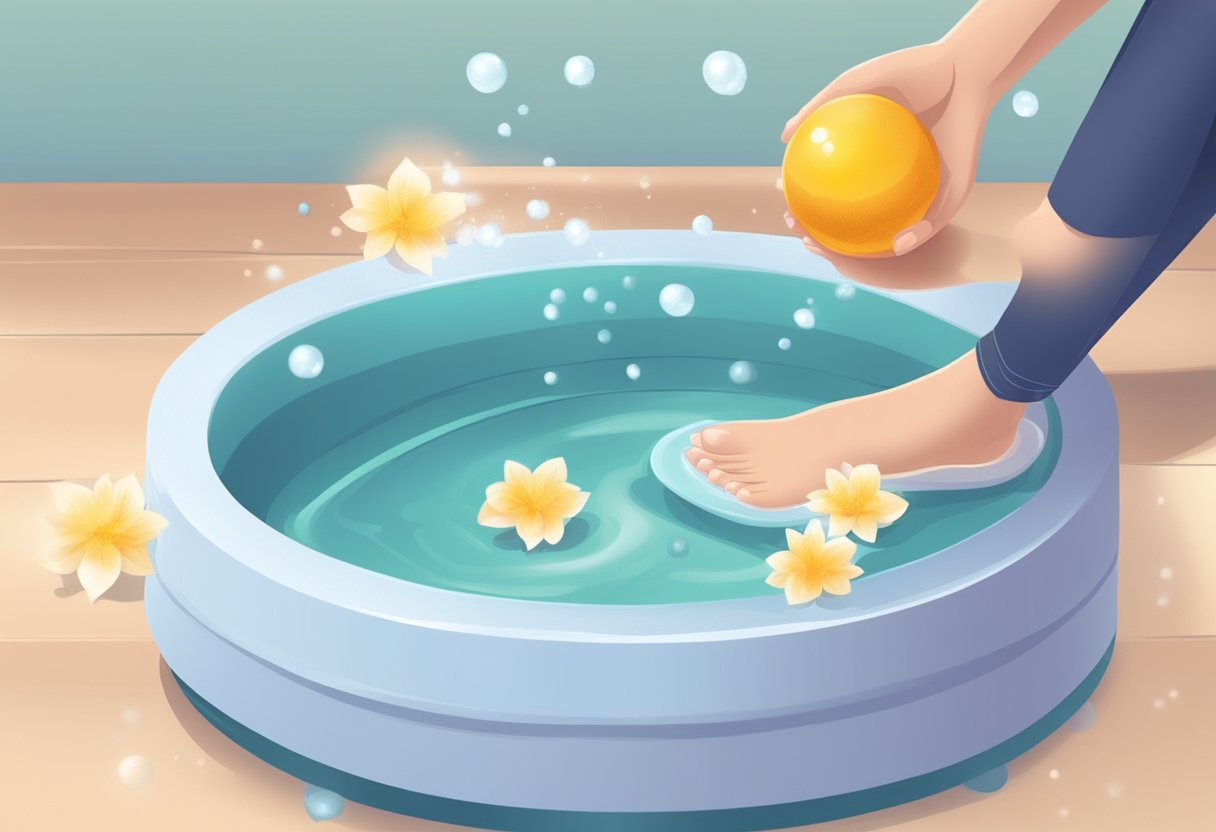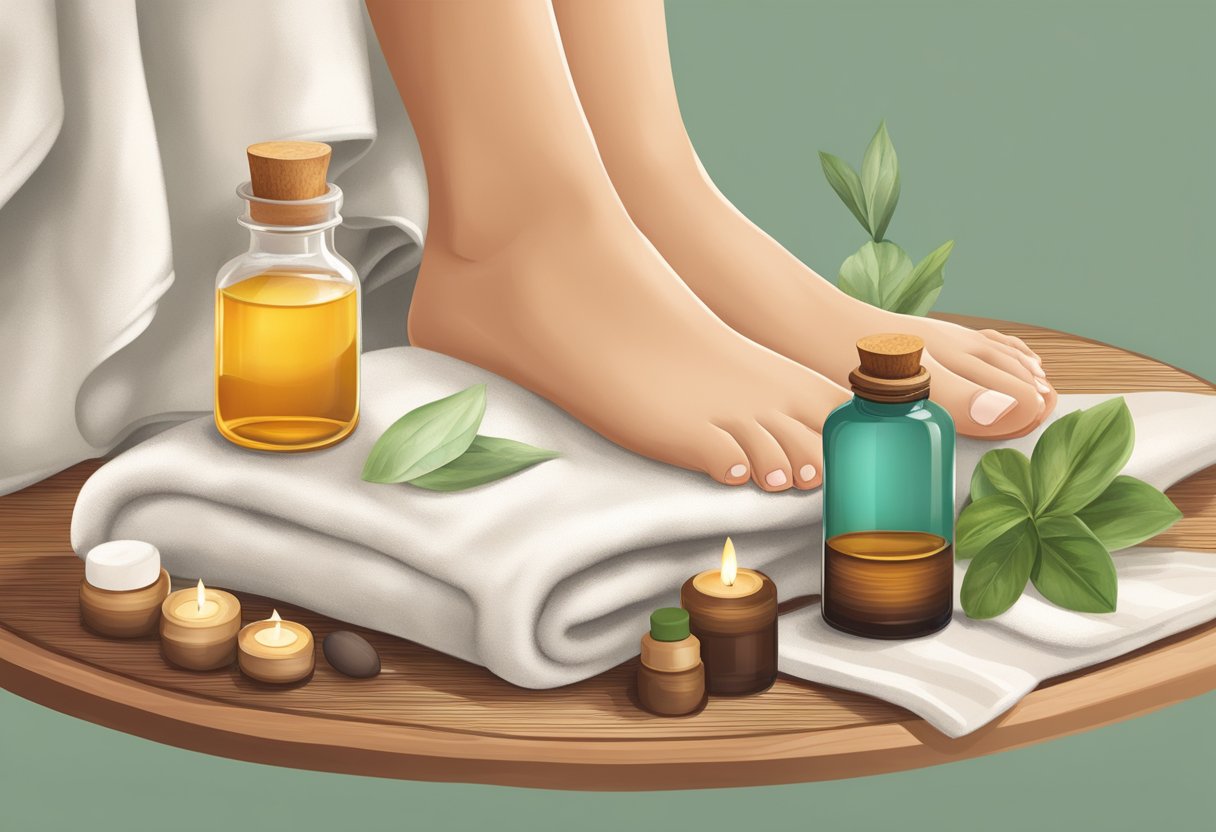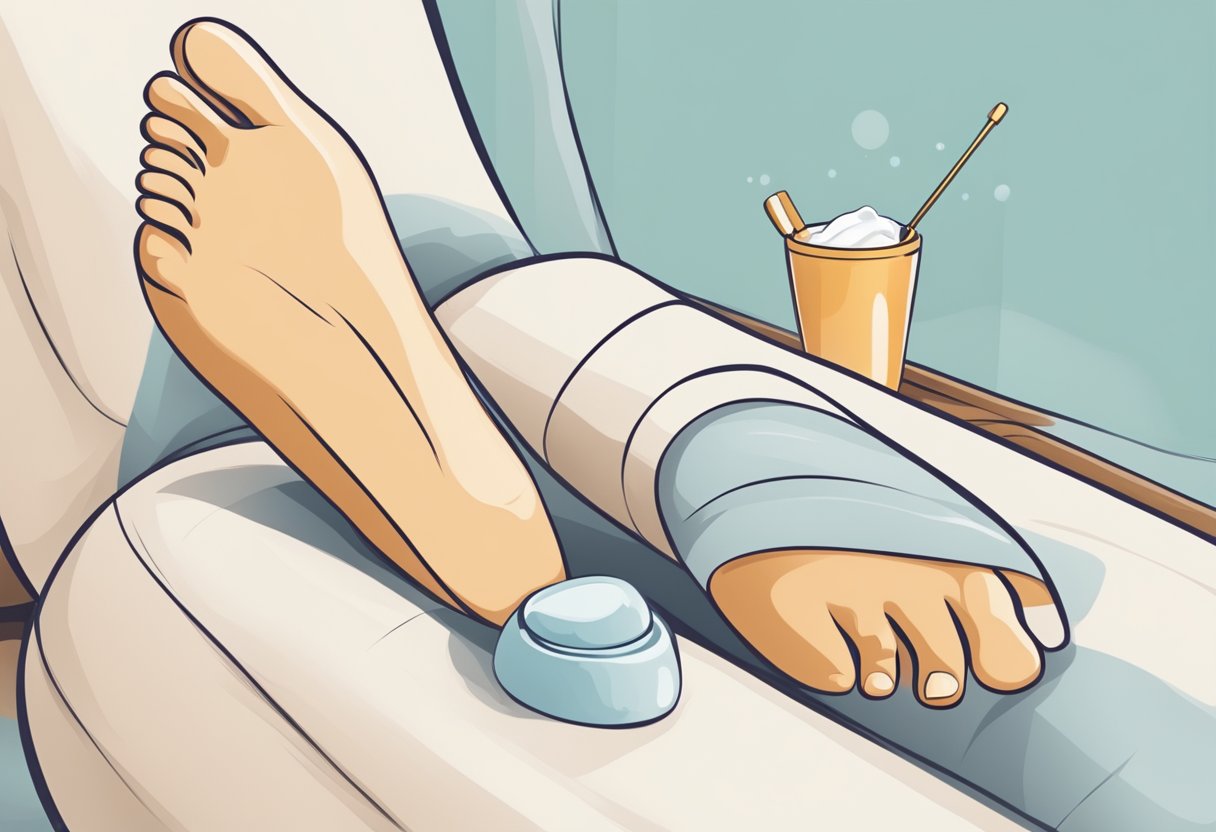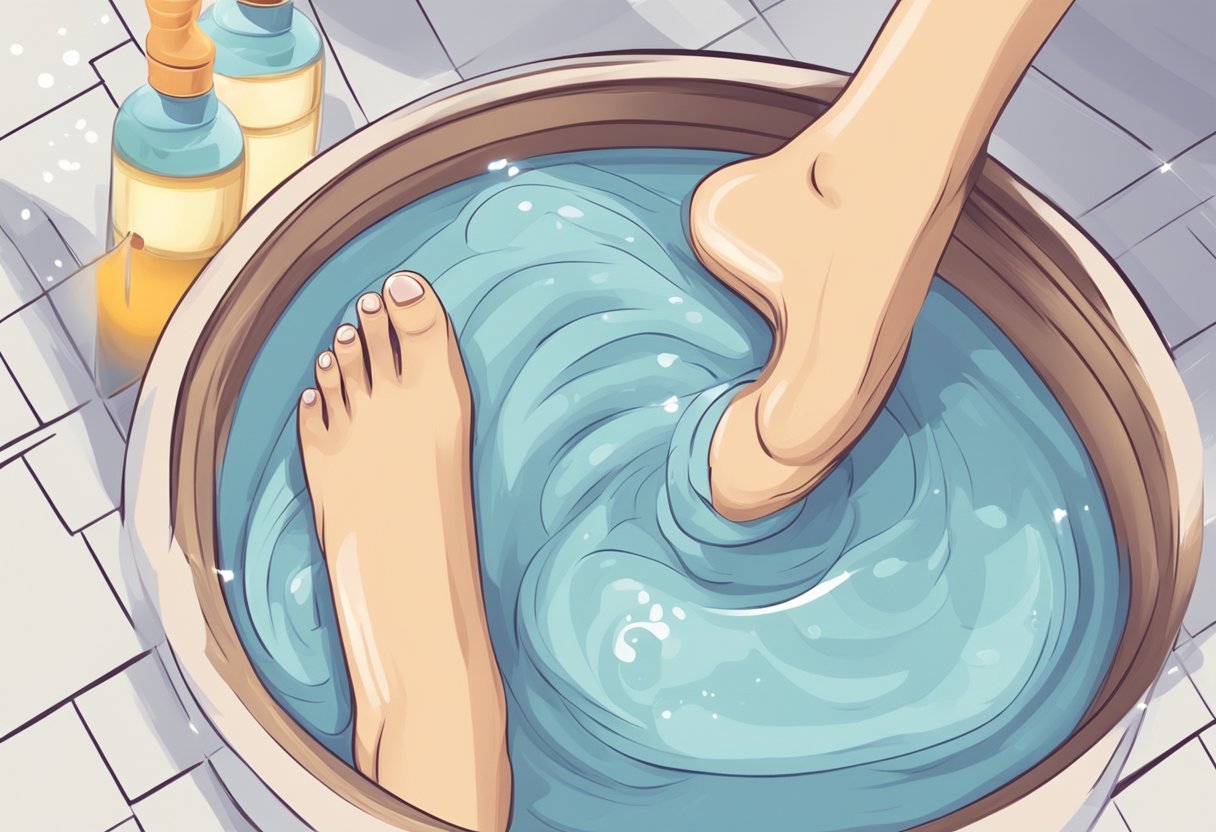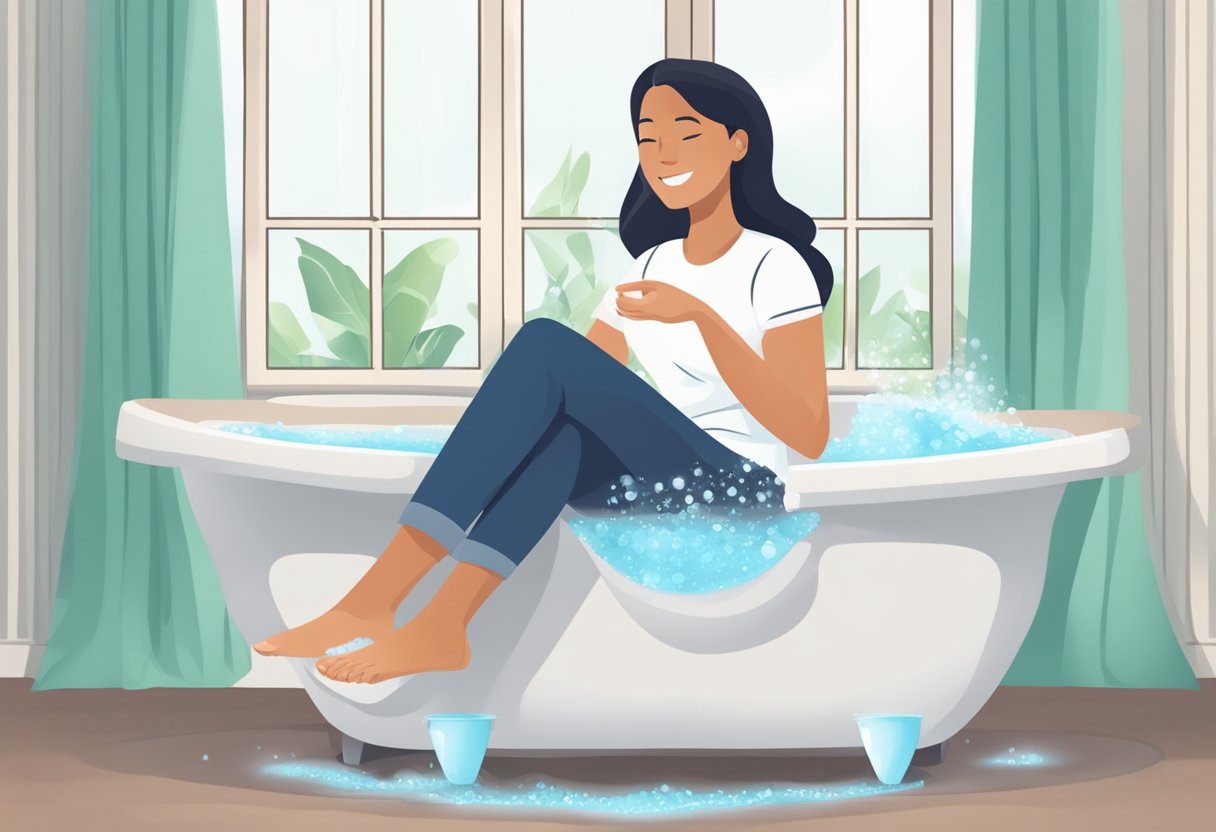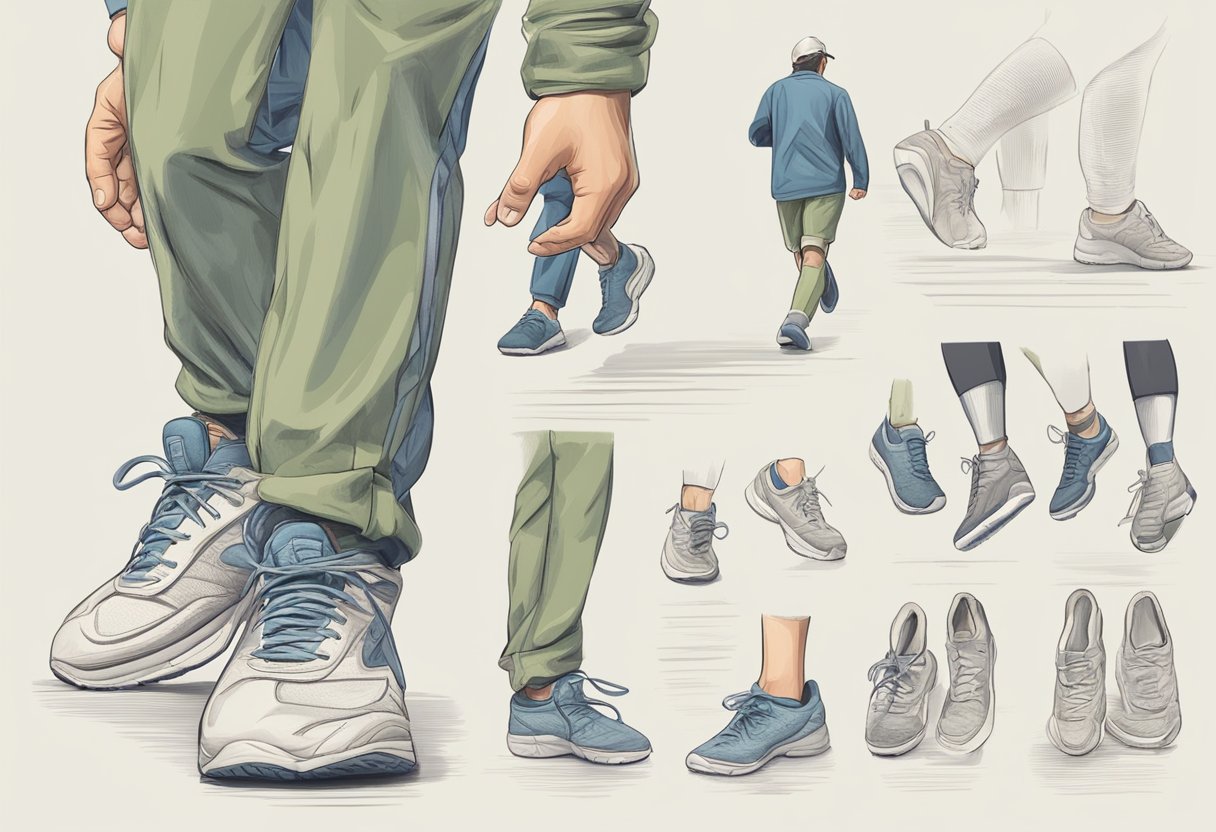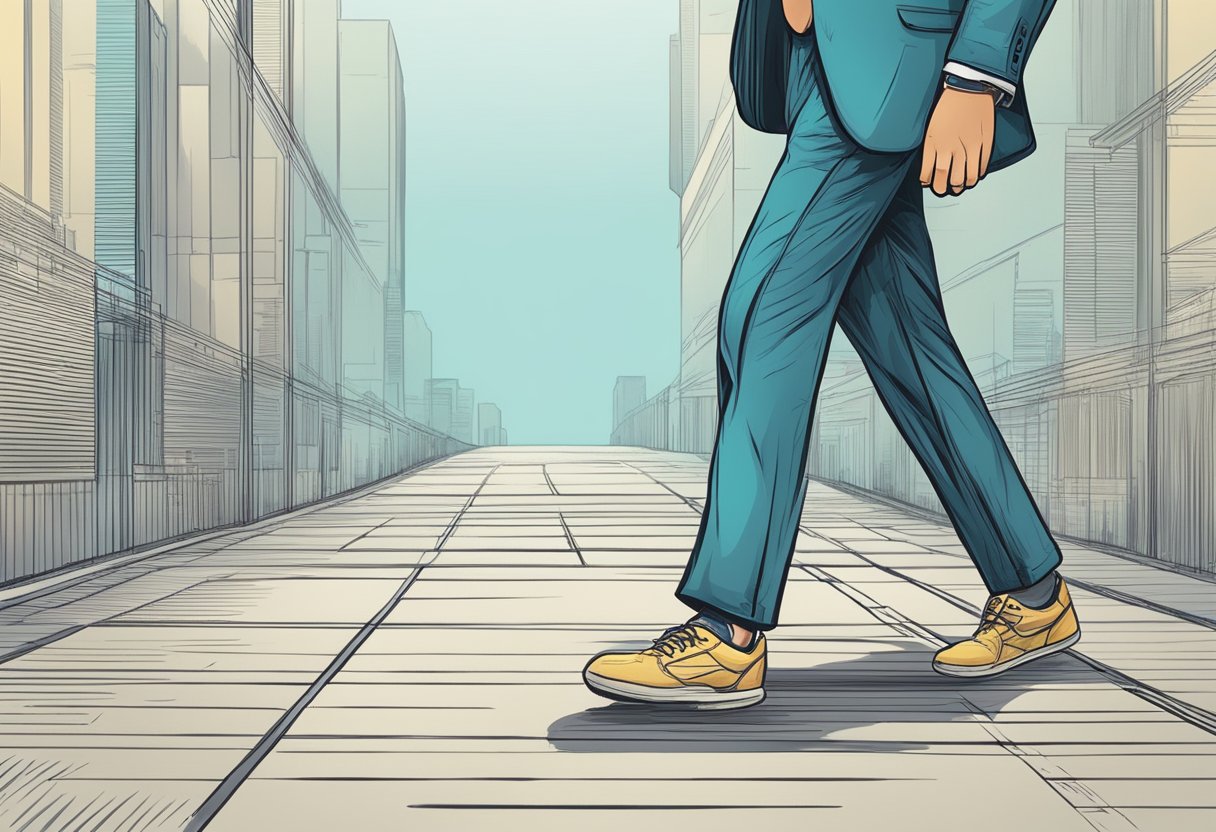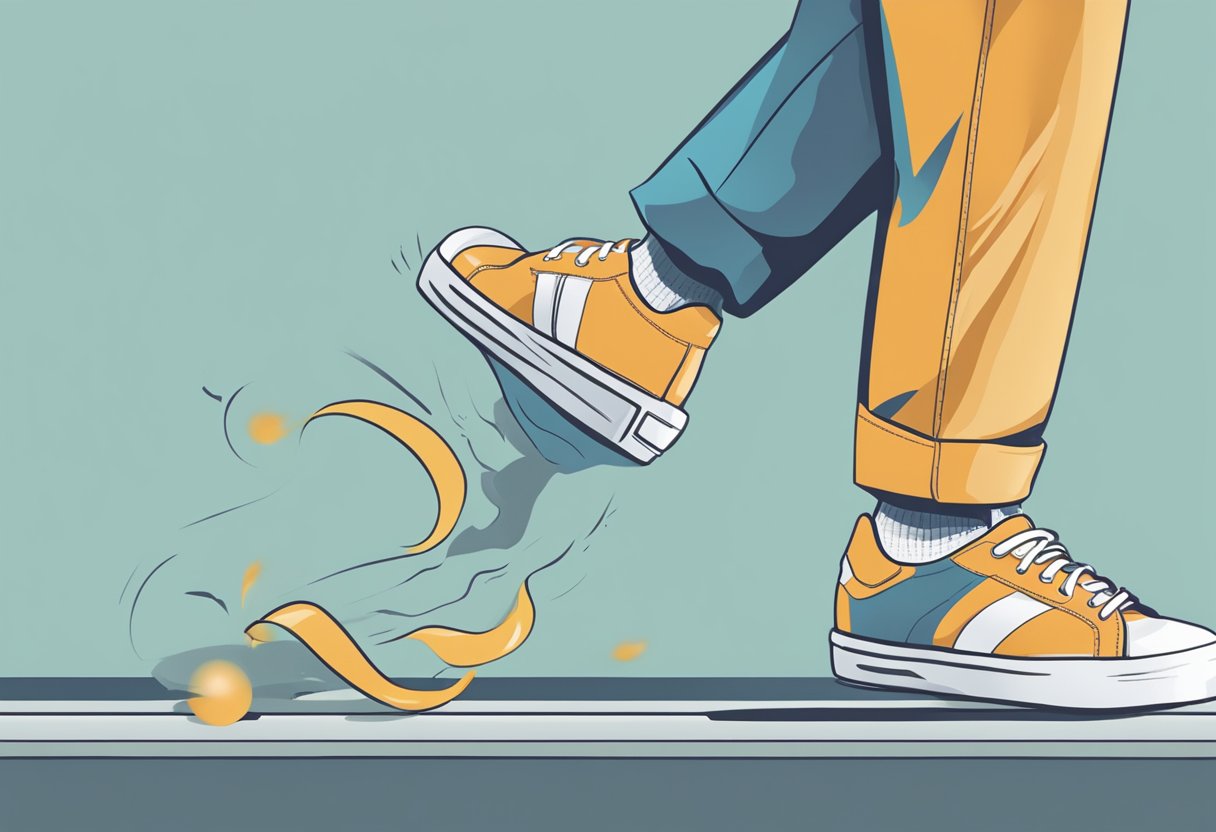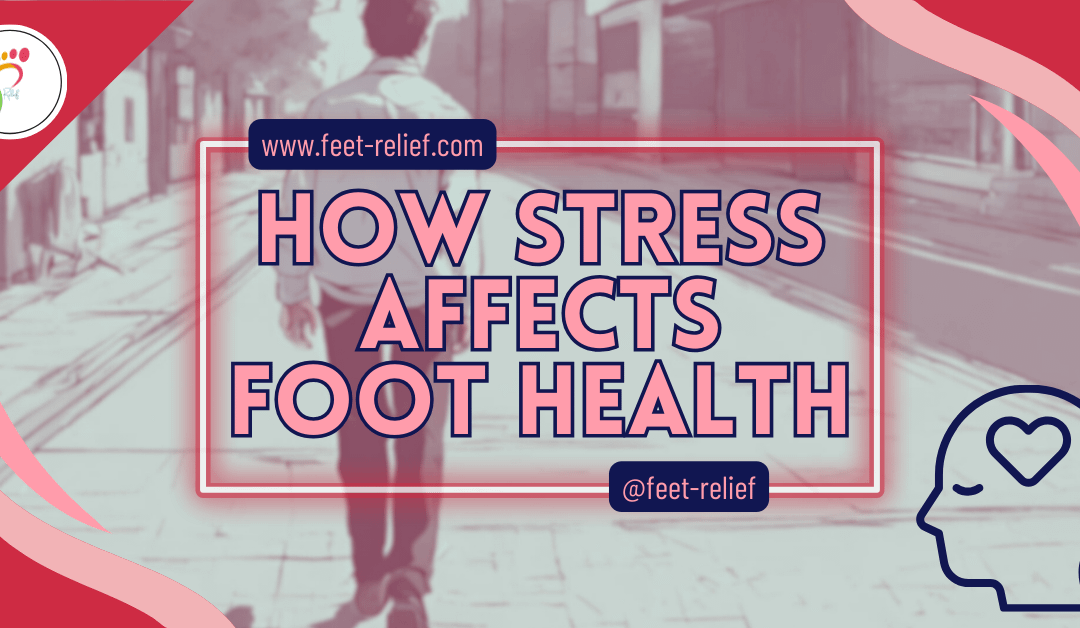
How Stress Affects Foot Health
How stress affects foot health is a complex interplay of physiological responses that can lead to heightened pain sensitivity, increased injury risk, and alterations in gait patterns.
Stress permeates every aspect of our being, affecting not only our minds but also our bodies, including our often-overlooked feet. In this exploration of the intricate relationship between stress and foot health, we uncover how the pressures of daily life can manifest in various foot-related issues. Understanding this connection equips us to better manage stress and its potential impact on our overall well-being.
How Stress Affects Foot Health: Exploring the Intricacies

I’m going to kick things off by painting a picture of how our entire well-being is interconnected. It’s not just about isolated symptoms; stress can throw a wrench in the works of our overall health, and yes, that includes our feet. Imagine you’re shouldering a hefty workload or navigating personal challenges; it’s not just your mind that’s bogged down, your body feels it too. There’s this intricate network of responses that awaken when you’re under stress, and they ripple through your entire system.

Now, when we dive into the specifics of how stress affects us, we encounter a slew of bodily reactions. Your muscles tense up, your heart rate skyrockets, and there’s a cascade of hormonal changes. All these reactions don’t spare your feet. Think about it; your feet are your foundation, the unsung heroes that carry you through your day. So it’s no surprise that when your stress levels go up, your foot health can take a hit.
This isn’t just about a sore toe or a stiff ankle. We’re talking about a range of possible effects: heightened pain sensitivity in your feet, increased risk of injury, and even alterations to your gait. By understanding the connection between stress and foot health, you’re setting the stage to better manage any issues that might surface. And remember, recognizing the signs early on can make a big difference in how you handle stress-related foot conditions.

Recognizing Stress-Related Foot Conditions
You might be surprised to learn that stress can lead to a range of foot problems. Imagine, after a long, taxing day, you kick off your shoes only to notice your feet are sore. That’s the physical burden of stress making itself known. Tension doesn’t just tighten your shoulders—it can make a home in your feet, too.
Common Foot Problems Associated with Stress
Issues such as plantar fasciitis, Achilles tendinitis, and even exacerbations of existing conditions like arthritis can flare up due to heightened stress levels. If your feet are persistently sore, swollen, or numb, these could be signals that stress is impacting your foot health.
Differentiating Between Chronic Conditions and Acute Reactions
Differentiating between chronic conditions and acute reactions is key. Chronic conditions are ongoing and often develop over time, while acute reactions are sudden and usually tied to a recent spike in stress. Both can wreak havoc on your feet if left unchecked.

Understanding When to Seek Professional Advice
I’m here to help you identify these conditions and understand when it might be time to get professional advice. Assessing your foot pain can be tricky, but by listening to your body and noting symptoms that correlate with stress, you’re taking a crucial step towards better foot health.
The Science Behind Stress and Foot Pain
You’re going to find out about the intricate ways stress can influence our bodies, particularly our feet. From hormones to posture, I’ll help you see the unseen links.
Hormonal Havoc and Muscular Tension
- Stress triggers a tidal wave of hormones like cortisol and adrenaline, designed for survival but not so great for our feet.
- These hormones can cause muscles to tense up and stay that way, creating undue stress on the foot’s arch and leading to conditions such as plantar fasciitis.
Fight-or-Flight Response and Foot Strain
This isn’t just about hormones; it’s also about our body’s fight-or-flight response. Ready to run or stand frozen, our feet bear the brunt either way. Prolonged tension can exacerbate issues like heel pain and tendonitis as a direct result of our instinctual stress reactions.
Neglecting Physical Care Due to Psychological Stress
Psychological stress often means we’re preoccupied with our worries, possibly neglecting physical care. This neglect could result in wearing unsuitable footwear for too long, avoiding necessary movement, and sidelining foot care routines – all of which can degrade foot health over time.

Managing Stress for Better Foot Health
Now, stress is not going away anytime soon, but how we manage it can make a world of difference for our feet. Let’s segue into some practical steps that can keep both stress and foot pain at a distance.
Practical Steps to Reduce Stress and Promote Foot Health
When it comes to managing stress to safeguard your feet, it’s crucial to take a proactive stance. Engaging in regular stress management activities can do wonders for your mental state, and it’ll show in your stride. Let me walk you through some effective steps.
Incorporating Regular Stretching into Your Routine
First off, you can never underestimate the power of a good stretch. Simple toe pulls and ankle rolls can increase blood flow, easing tension in your foot muscles. These stretches can easily become part of your daily routine, taking just a few minutes of your time.
Mindful Practices for Stress Relief and Foot Health
Stress often tightens our muscles instinctively, and the same goes for your feet. Mindful practices such as meditation or yoga not only calm the mind but can also focus on the body, bringing awareness to areas we often neglect, like our feet.
Video Credit: @TreyJones
Choosing Proper Footwear for Support
Proper footwear is your best friend for foot health. Choose shoes that support your arches and cushion your soles. This is not just about physical comfort; it’s also about preventing stress-related foot conditions before they start.
Incorporating Movement into Your Routine
Remember the mantra ‘motion is lotion’? Daily walks have a dual benefit of promoting cardiovascular health and keeping your feet flexible. Start with gentle walks and listen to your body; if you’re comfortable, gradually increase the pace and distance.
Exploring Low-Impact Activities
And, if walking isn’t your thing, consider water-based activities like swimming or water aerobics. These low-impact exercises take the weight off your feet while allowing you to stay active and manage stress effectively.
Utilizing Insoles or Orthotics for Persistent Issues
Now, wearing the right footwear and fitting in some foot-focused activities are great, but there’s more to the story. The use of insoles or custom orthotics can be a game-changer for those with persistent foot issues or for those who stand for long periods.
Professional Interventions and Support Systems
Knowing when to seek professional help is crucial because, sometimes, foot health issues stemming from stress can’t be fully resolved with self-care alone.

Engaging with Specialists
- Engaging with a podiatrist or a physical therapist could be your next move if the foot problems persist.
- These specialists can offer tailored advice, prescribe orthotic devices, or suggest therapeutic exercises that address your specific needs.
Getting Referrals and Collaborating
Don’t worry too much about finding the right help. Your primary care physician can often provide a referral or suggest local experts who specialize in foot care. A collaborative approach involving various healthcare practitioners can help create a comprehensive plan to tackle both stress and foot ailments.
Incorporating Mental Health Support
- It’s also worth discussing how a mental health professional might fit into your support system.
- A therapist or counselor can offer strategies for managing stress that might be indirectly contributing to your foot health problems.

Exploring Holistic Care
Choose something that resonates with you. Whether it’s traditional counseling, cognitive-behavioral therapy, or meditation classes, find what works for you and incorporate it into your routine.
Taking the First Step
In my opinion, neglecting stress-related foot issues can lead to more significant health problems down the line. You can always adjust your approach down the road, but taking the first step by acknowledging the problem and seeking help is vital.
I really hope that you’ve found this exploration into stress and foot health enlightening. Remember, taking care of your feet is just as essential as managing your stress. Don’t let the weight of the world rest solely on your shoulders—sometimes, your feet need attention too.

Understand How Stress Affects Foot Health For Wellness
In conclusion, the intricate interplay between stress and foot health underscores the importance of holistic self-care practices. Our feet, often overlooked yet essential to our daily mobility, bear the brunt of stress-induced physiological responses. By recognizing the signs of stress-related foot conditions and implementing proactive measures, such as mindful stretching, appropriate footwear choices, and engaging in stress-reducing activities, we can safeguard our foot health and overall well-being.

Moreover, seeking professional interventions when needed, such as consulting podiatrists or mental health professionals, empowers us to address underlying issues comprehensively. Remember, neglecting stress-related foot problems can potentially lead to more significant health complications in the future.
As we navigate the complexities of modern life, let us not forget to extend care and attention to every part of ourselves, from our minds to our feet. By nurturing wellness from head to toe, we embark on a journey towards a balanced and fulfilling life. Let this be a reminder that self-care is not selfish; it is a vital investment in our long-term health and happiness.
Frequently Asked Questions
Stress can have a profound effect on our foot health, leading to various issues that impact our overall well-being. Below are some FAQs to help you better understand how stress affects your feet:
How does stress affect foot health?
Stress triggers physiological responses in the body, including heightened pain sensitivity, increased risk of injury, and alterations in gait patterns. These responses can manifest as various foot-related issues, impacting overall foot health.
What are some common foot problems associated with stress?
Stress can lead to conditions such as plantar fasciitis, Achilles tendinitis, and exacerbations of existing issues like arthritis. Symptoms like persistent soreness, swelling, or numbness in the feet could indicate stress-related foot problems.
How can I manage stress for better foot health?
Incorporating stress management techniques like regular stretching, mindful practices, choosing proper footwear, incorporating movement into your routine, and seeking professional interventions when needed can help safeguard foot health amidst stress.
Discover Foot Comfort & Care at Feet-Relief.com!
Step into comfort and care with Feet-Relief.com! Explore our expert-reviewed products and advice for all your foot concerns and appreciation. From footwear to orthotics, find what you need to pamper your feet and keep them happy and healthy. Visit Feet-Relief.com now and start your journey to happier feet!





